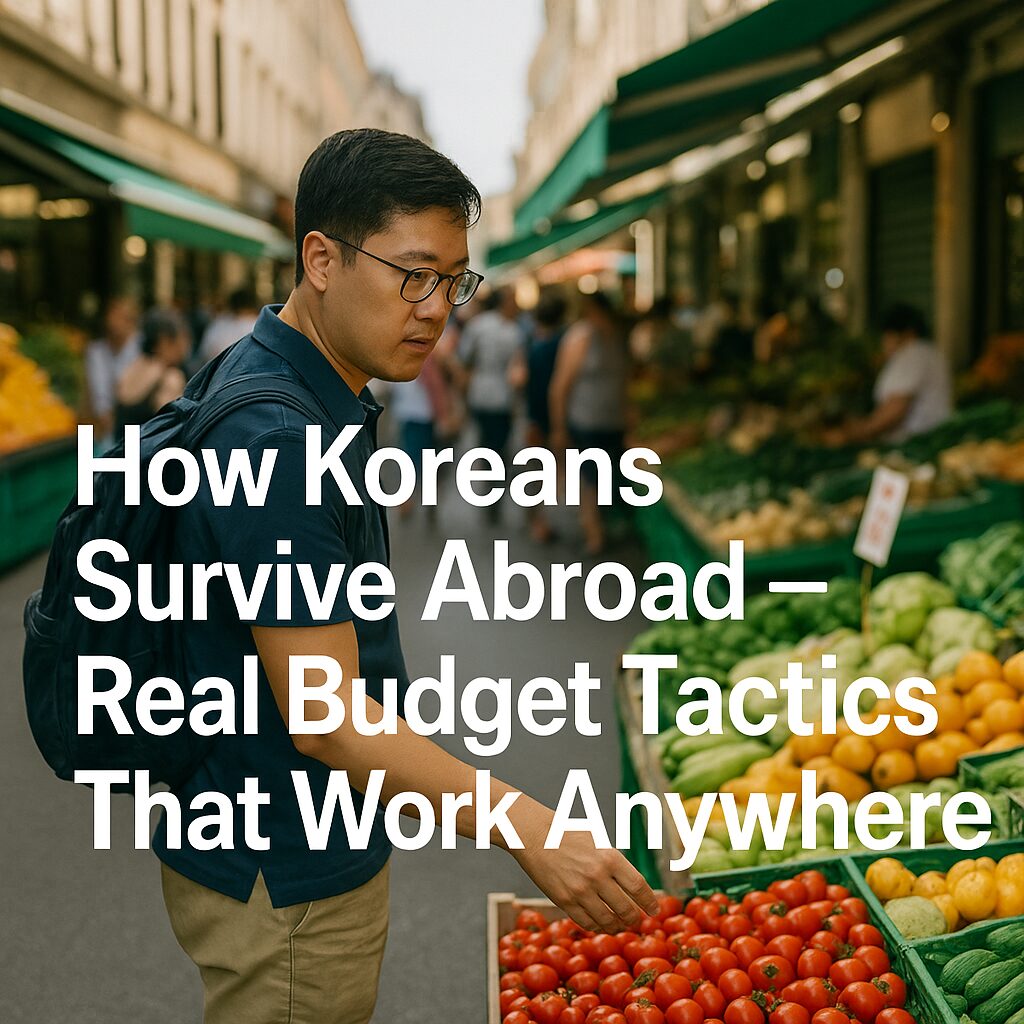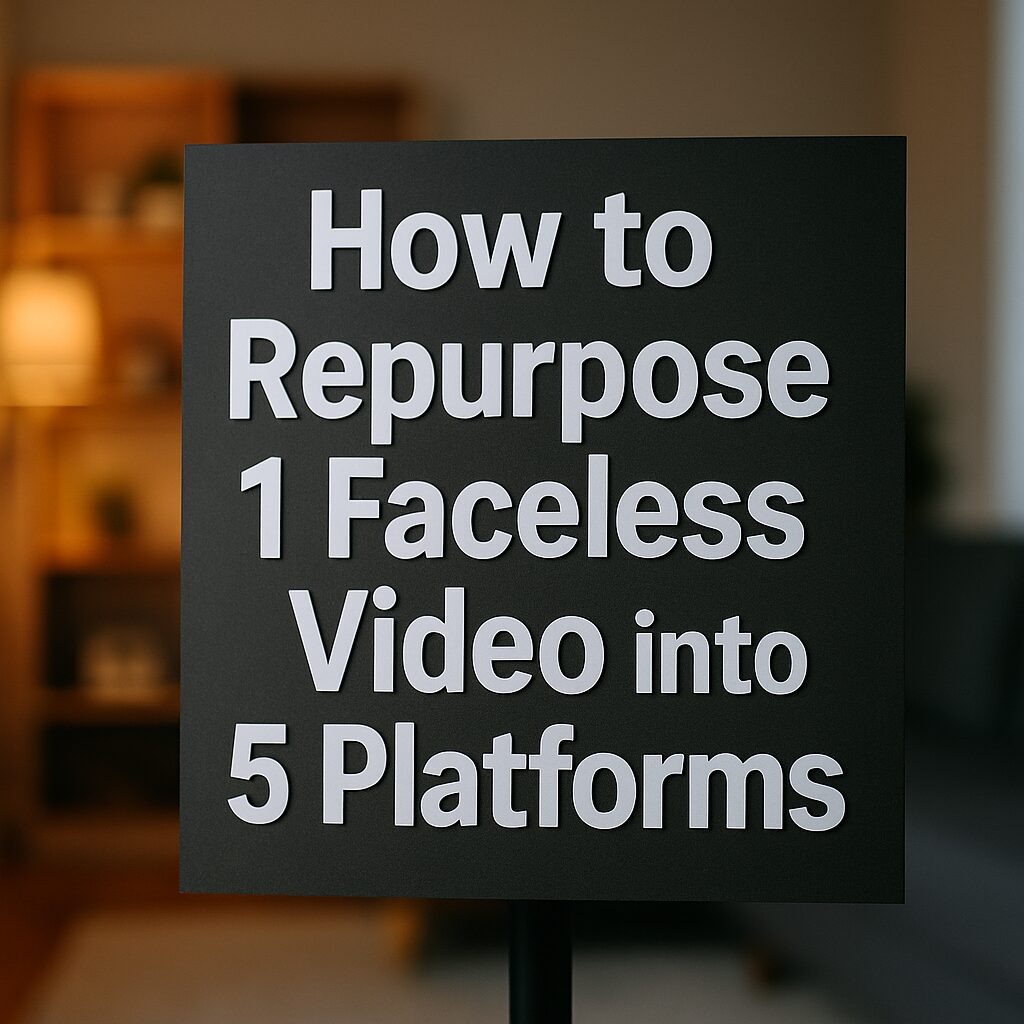What the World Can Learn from Korea’s Quiet Financial Discipline
Why Korea’s Money Habits Deserve Attention
In a world where debt is rising and savings are shrinking, Korea offers a quiet yet powerful model of financial discipline.
Unlike many countries where credit cards and “buy now, pay later” dominate, many Koreans still follow traditional values of saving first, spending later.
So, what can you learn from this?
A lot more than you think.
This post breaks down real habits that Koreans use—things that anyone, anywhere in the world can start doing today—even if you’re not good with money or already in debt.
1. The 50-30-20 Rule? Koreans Prefer 70-20-10
In the West, people often follow the 50-30-20 budgeting rule:
- 50% for needs (rent, food)
- 30% for wants
- 20% for savings
But many Koreans follow something closer to 70-20-10:
- 70% for needs
- 20% for savings
- 10% (or less) for wants
It’s a mindset that says:
“Enjoy life, but not at the expense of your future.”
This frugal approach isn’t about suffering—it’s about prioritizing stability.
2. Cash Envelopes Still Rule
Believe it or not, some Korean households still use envelopes to divide monthly expenses:
- Rent envelope
- Grocery envelope
- Emergency fund envelope
It’s simple, but powerful.
This method helps avoid overspending—because once the envelope is empty, you stop.
It’s old-school, but it works.
Even digital-savvy Koreans often mirror this idea with separate bank accounts or e-wallets.
3. Emergency Fund = Absolute Must
In Korea, it’s common wisdom to have at least 6 months’ worth of living expenses saved.
Why? Because jobs can be unstable, medical costs can be high, and family obligations are strong.
Instead of waiting for disaster, they prepare in advance.
Global lesson?
Build your freedom fund—because peace of mind is worth more than any vacation.
4. Zero-Based Budgeting Is Not Just for Nerds
In Korean households, every won (₩) often has a job.
This is zero-based budgeting in action:
Income – Expenses = Zero
Every dollar is assigned:
- Rent
- Food
- Transport
- Savings
- Education
- Insurance
It’s not about restriction—it’s about intention.
This mindset prevents “money leaks” from coffee runs or random shopping.
When your money has a plan, you stay in control.
5. Koreans Save to Invest, Not Just to Save
Korean saving isn’t just about hoarding money.
It’s often about preparing to invest—in:
- Real estate
- Retirement plans
- Stock ETFs
- Education for kids
- Or even a side business
This makes savings productive, not passive.
If you just save but don’t grow your money, you’re falling behind.
Start small. Open an investment account.
Even $10/month is better than nothing.
6. The Power of Micro Goals: Saving for One Thing at a Time
Instead of vague savings like “just save more,” Koreans often save with a goal:
- Trip to Jeju? Save ₩100,000 per month.
- Wedding? Save ₩1 million per month.
- First car? Save ₩500,000 per month.
Micro-goals feel doable and make it easier to stay motivated.
And once you achieve one goal, you move on to the next.
7. Money Talk Is Not Taboo
In Korea, it’s not unusual for families to talk openly about money:
- Parents guide their kids early
- Friends share tips on investment apps
- Coworkers even discuss saving challenges
This openness builds community learning, not shame.
The more we talk about money, the better we get at managing it.
Try this:
Start a small savings challenge with a friend or sibling. It works better together.
Conclusion: Korea’s Quiet Money System Is Loud with Wisdom
You don’t need to move to Seoul to apply these lessons.
You just need the mindset behind them:
- Save first, not last
- Budget with intention
- Make every dollar count
- Don’t fear frugality—own it
- Talk about money. Learn together
Whether you live in New York, Nairobi, or Naples—these habits work globally.
They’re simple, they’re sustainable, and most importantly—they’re real.
Coming Up Next:
📌 Top 5 Korean Pharmacies & What You Can Buy Without a Prescription (As a Foreigner)
→ We’ll show you where to go, what’s safe to buy, and the most popular Korean health products people fly in for.













 How to Start a $10K Faceless Video Empire in 2025 – A Beginner’s Blueprint
How to Start a $10K Faceless Video Empire in 2025 – A Beginner’s Blueprint
 Turn Your Voice into Income – How to Make Money with AI Voice Tools in 2025
Turn Your Voice into Income – How to Make Money with AI Voice Tools in 2025
 Faceless Video Scripts – How to Use ChatGPT + AI for Viral Content
Faceless Video Scripts – How to Use ChatGPT + AI for Viral Content
 Faceless Video Scripts – How to Structure, Refine, and Automate for Viral Success
Faceless Video Scripts – How to Structure, Refine, and Automate for Viral Success
 Faceless Video Monetization – 5 Best Platforms to Earn from Your AI-Generated Videos in 2025
Faceless Video Monetization – 5 Best Platforms to Earn from Your AI-Generated Videos in 2025
 Faceless Video Automation in 2025 – Create 10 Videos a Day Without Burning Out
Faceless Video Automation in 2025 – Create 10 Videos a Day Without Burning Out
 How to Repurpose 1 Faceless Video into 5 Platforms (Without Extra Work)
How to Repurpose 1 Faceless Video into 5 Platforms (Without Extra Work)
 Faceless Video Factory – Build a Team or System That Runs Itself
Faceless Video Factory – Build a Team or System That Runs Itself
